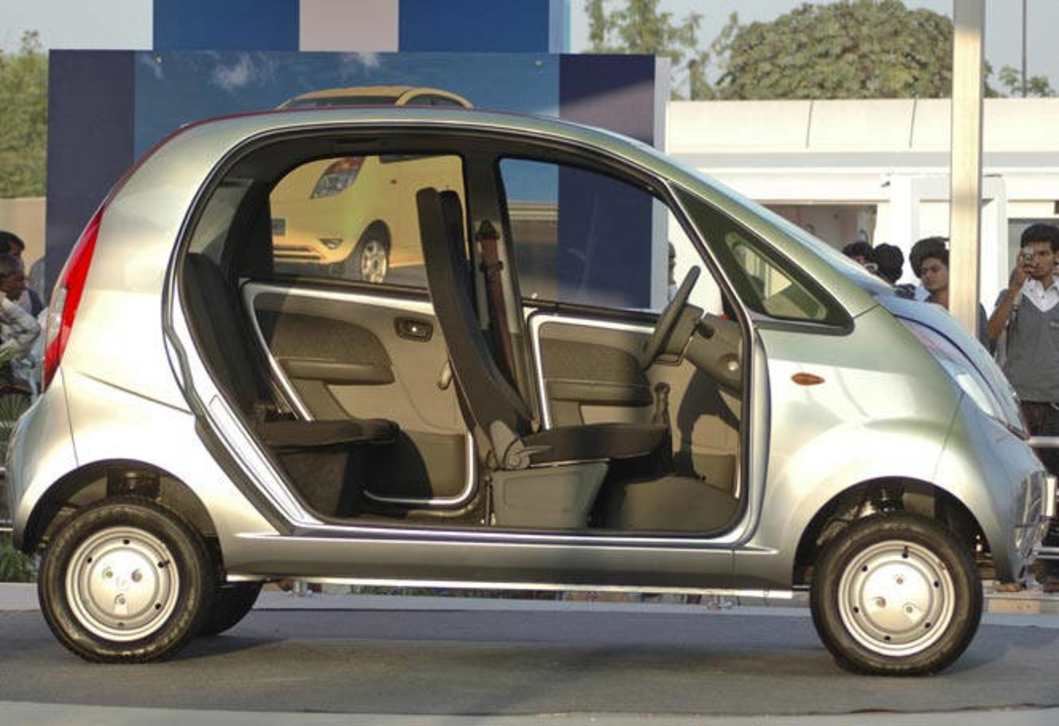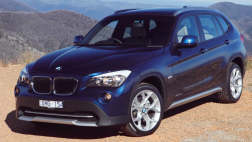Without fanfare the Indian-built Tata Nano has taken some giant strides towards silencing critics of its safety and possibly finding a home in Australia by passing a series of Euro crash tests with flying colours.
While the car is still some way away from being certified for sale in any markets outside of India the company chose to subject a Nano to a round of frontal offset crashes at England's MIRA vehicle research centre under the supervision of Great Britain's Vehicle Certification Authority.
Tata spokesman Debasis Ray says the decision to put the Tata through the test process was to signal to the rest of the world that the company was serious about taking the tiny five-seater outside the Sub-Continent.
"The purpose of the tests that we subjected the Tata Nano to at MIRA was to demonstrate that the vehicle structure is appropriate for European legislation," Ray says. "The tests indeed proved that.
"Tata Motors has already developed a model for Europe, the Tata Nano Europa, which is expected to be launched in the continent in 2011 and the company is also developing a model for the US, expected to be launched after Europe."
While Ray stopped short of confirming a development program for Nano sales to Australia he did say that overseas sales would not stop with the giant European and US markets. "There are indeed plans to market the Nano in other countries as well, but specifics on markets and timelines are yet to be concluded."
What makes the MIRA tests more impressive is that the car which passed the 56km/h 40 per cent offset frontal and side impact tests was not the one under development for Europe but rather a slightly modified Indian domestic model with a drivers airbag and an extra front strengthening member behind the front bumper.
The next step for the Nano is to undergo full Euro NCAP testing on the more luxurious Europa model, something the company hopes to do soon with an expected four-star outcome.
Launched earlier this year to runaway demand in India the Nano's designers used a range of innovative cost-cutting measures to ensure the entry-level car met its stated 100,000 rupee ($2500) price.
The Nano's boot doesn't open, with access gained to the luggage compartment by folding the rear seats down from inside the car, there is no power steering, a single windscreen wiper, one side mirror instead of two and three nuts instead of four or five on the wheels.
There is no airbag or ABS and the tiny two-cylinder rear-mounted engine puts out just 24kW and 48Nm with a claimed economy of less than 4.0 litres per 100km.
In the Indian home market there is a mid-specced model with air-conditioning while the luxury LX (170,000 rupees) adds power windows and central locking. The models being developed for overseas markets are expected to be slightly larger with a bigger three-cylinder engine, ABS and at least two airbags.


.jpg)



.jpg)



 copy.jpg)
















 copy.jpg)

.jpg)

.jpg)





.jpg)

.jpg)



.jpg)

Comments